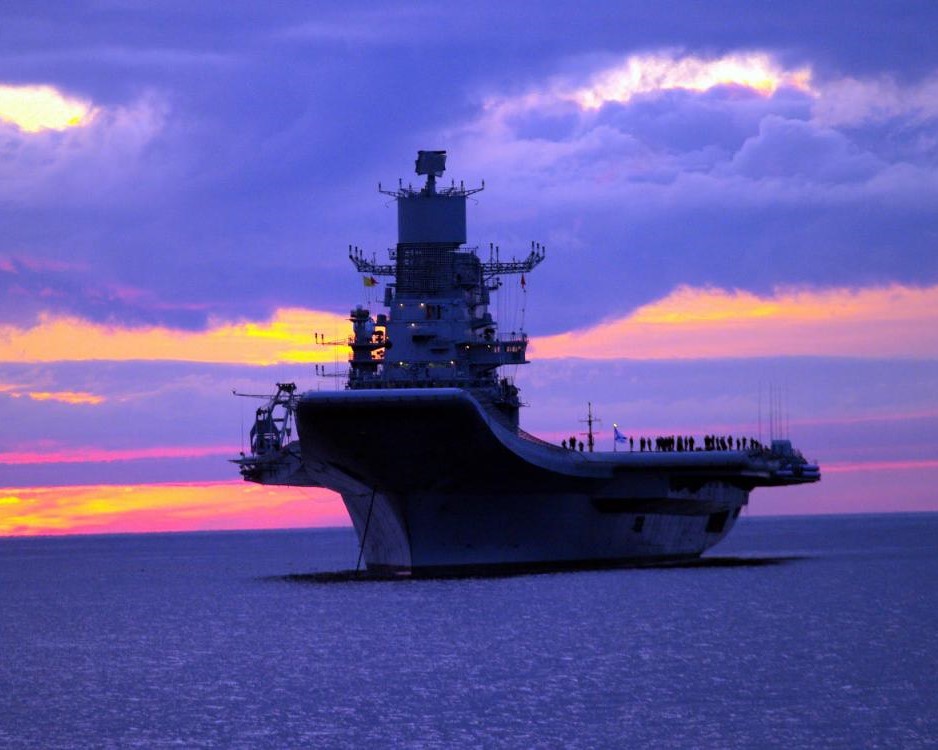Naval warfare has seen tremendous evolution over the centuries. From the wooden ships of the line that dominated seas during the Age of Sail to the ironclad warships of the Industrial Revolution, and now to the behemoth aircraft carriers that serve as floating airbases. These colossal vessels have become the crown jewels of modern navies, symbolising national power and technological prowess. As we delve into the top 10 largest aircraft carriers in the world, we explore their strategic importance, capabilities, and the reasons behind their immense sizes.
1. USS Gerald R. Ford Class (CVN-78), USA
Displacement: 100,000 tons
The USS Gerald R. Ford class stands as the largest aircraft carrier in the world. With a displacement of 100,000 tons, it embodies the pinnacle of naval engineering and power projection. The first ship of this class, USS Gerald R. Ford (CVN 78), was delivered to the US Navy in May 2017. It became operational in December 2021 after initial service entry in July 2017 and completed a significant modernisation and maintenance period in March 2022. Equipped with an electromagnetic launch system on its 78-metre flight deck, the carrier supports over 75 aircraft and houses 4,539 personnel. Powered by two A1B nuclear reactors, it features advanced defensive systems like the RIM-162 missiles and Phalanx CIWS.

2. Nimitz Class, USA
Displacement: 97,000 tons
The Nimitz class carriers, with a displacement of 97,000 tons, rank as the second-largest aircraft carriers globally. The first of this class was launched in May 1975, and the fleet has grown to ten ships, with USS George HW Bush being the latest, commissioned in January 2009. These carriers boast a 4.5-acre flight deck and can accommodate over 5,000 personnel. The USS George Washington and USS John C. Stennis are currently undergoing mid-life overhauls to extend their operational lives by another 25 years.
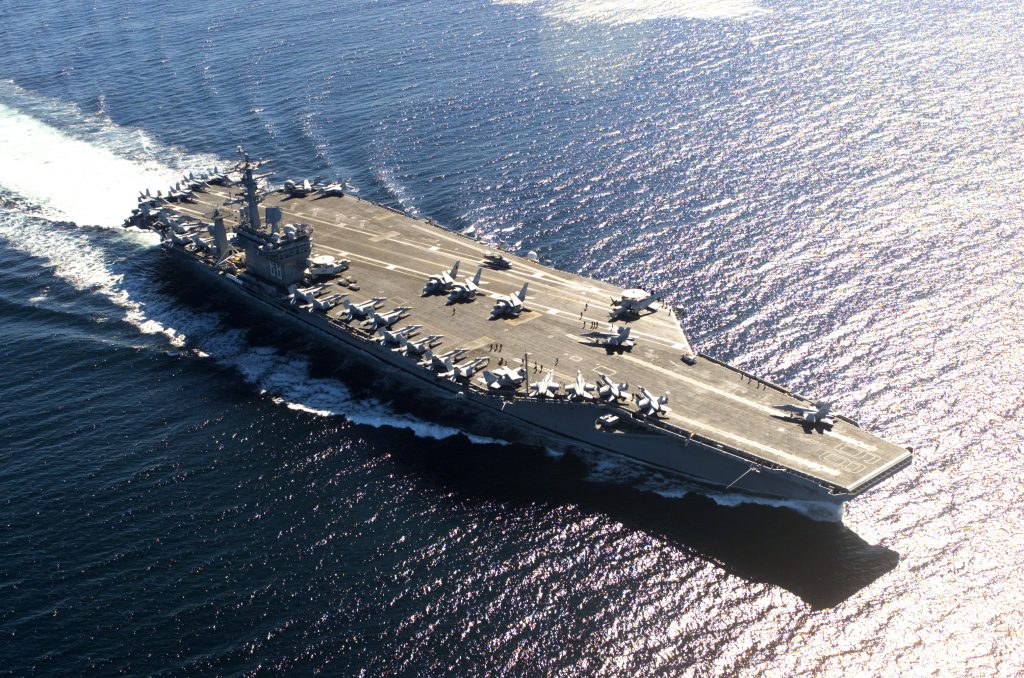
3. Fujian, China
Displacement: Over 80,000 tons
China’s Fujian, launched in June 2022, represents a significant leap in Chinese naval capabilities. With a displacement exceeding 80,000 tons, it is the first Chinese carrier equipped with electromagnetic catapults, marking a technological advancement over previous ski-jump systems.
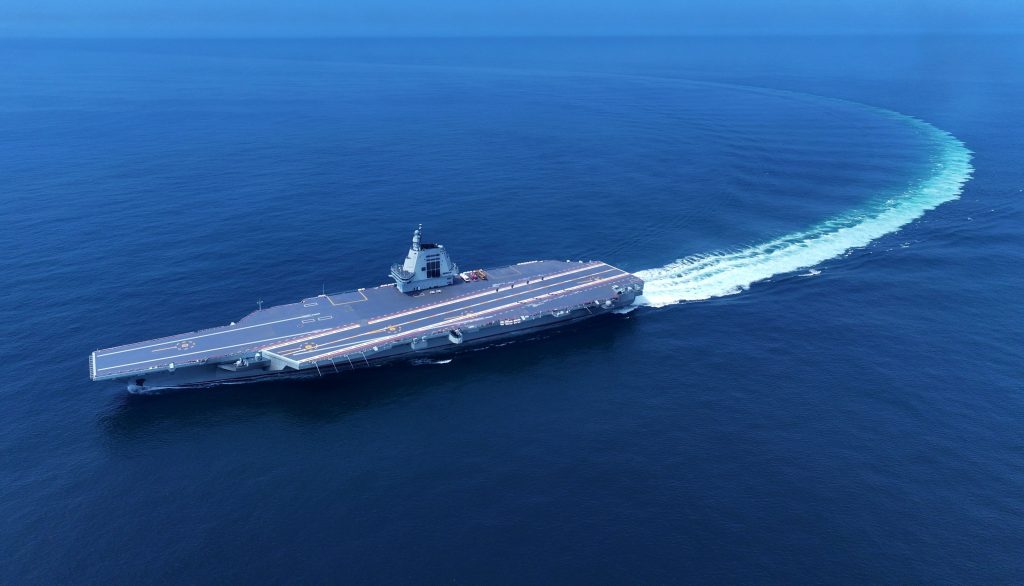
4. Shandong, China
Displacement: Approximately 70,000 tons
Commissioned in December 2019, Shandong is China’s first domestically built aircraft carrier. It has a displacement of approximately 70,000 tons and features a larger flight deck and enhanced aircraft capacity compared to its predecessor, Liaoning, showcasing China’s growing expertise in naval construction.

5. Queen Elizabeth Class, UK
Displacement: 65,000 tons
The Queen Elizabeth class is the largest warship built for the Royal Navy, with a displacement of 65,000 tons. HMS Queen Elizabeth, the lead ship, was commissioned in December 2017 and completed its maiden seven-month operational deployment in December 2021. The second ship, HMS Prince of Wales, was commissioned in December 2019 and has served as a NATO command ship. These carriers can support up to 40 aircraft and are powered by advanced Rolls-Royce MT30 gas turbines and diesel generators.

6. Admiral Kuznetsov, Russian Federation
Displacement: 58,500 tons
Russia’s Admiral Kuznetsov, with a displacement of 58,500 tons, is one of fthe largest carrier in the world and the only operational carrier in the Russian Navy. It accommodates a variety of aircraft, including Su-33 and MiG-29K fighters, and features powerful armaments such as Kashtan CIWS and Granit missiles. Its steam turbine propulsion allows for a maximum speed of 32 knots.
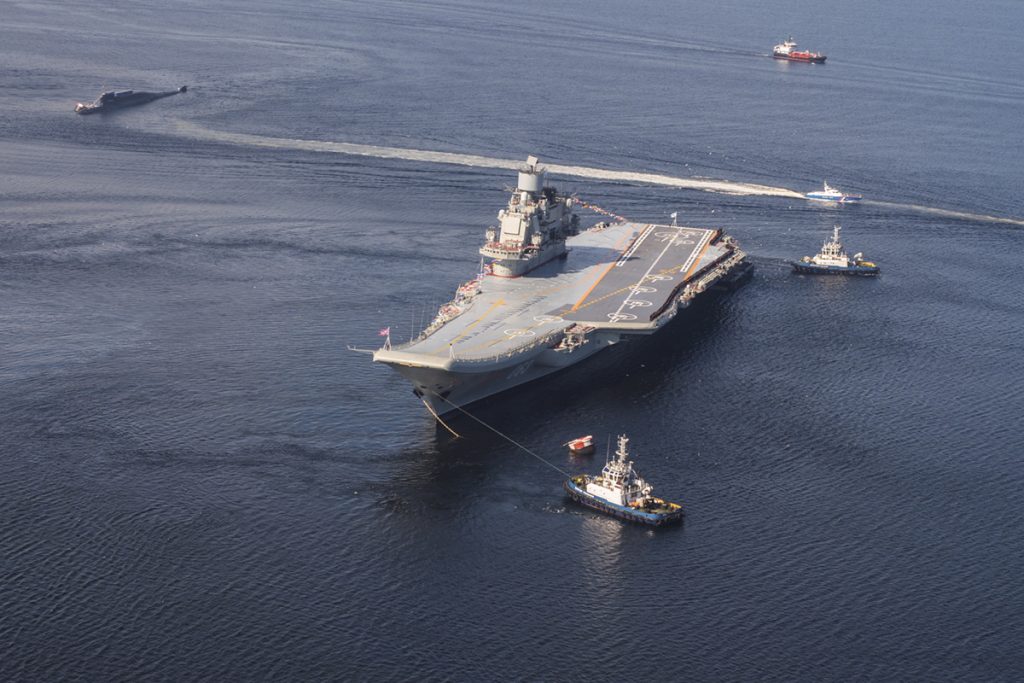
7. Liaoning, China
Displacement: Over 58,000 tons
The Liaoning, a refitted Soviet-era carrier, was commissioned by China in September 2012. With a displacement of over 58,000 tons, it carries around 50 aircraft. Its armament includes CIWS and surface-to-air missiles, enhancing its defensive capabilities.
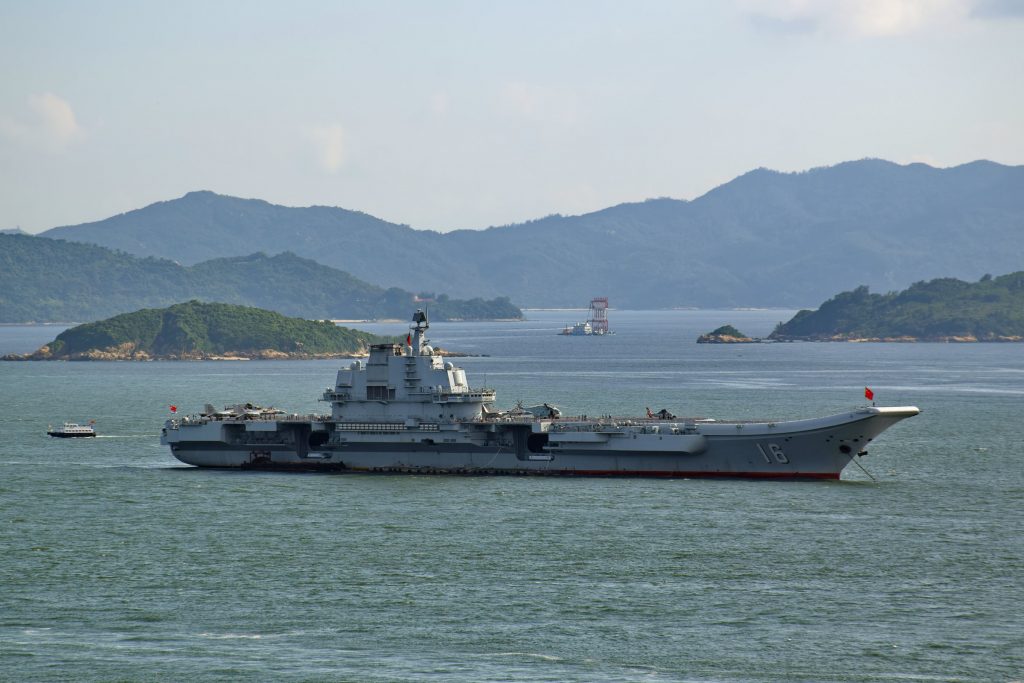
8. INS Vikramaditya, India
Displacement: 44,500 tons
INS Vikramaditya, a key asset of the Indian Navy, is a modified Kiev-class carrier acquired from Russia and commissioned in November 2013. It displaces 44,500 tons and can carry over 30 aircraft. Its robust armament and advanced propulsion system underscore its strategic importance to India’s maritime defence.
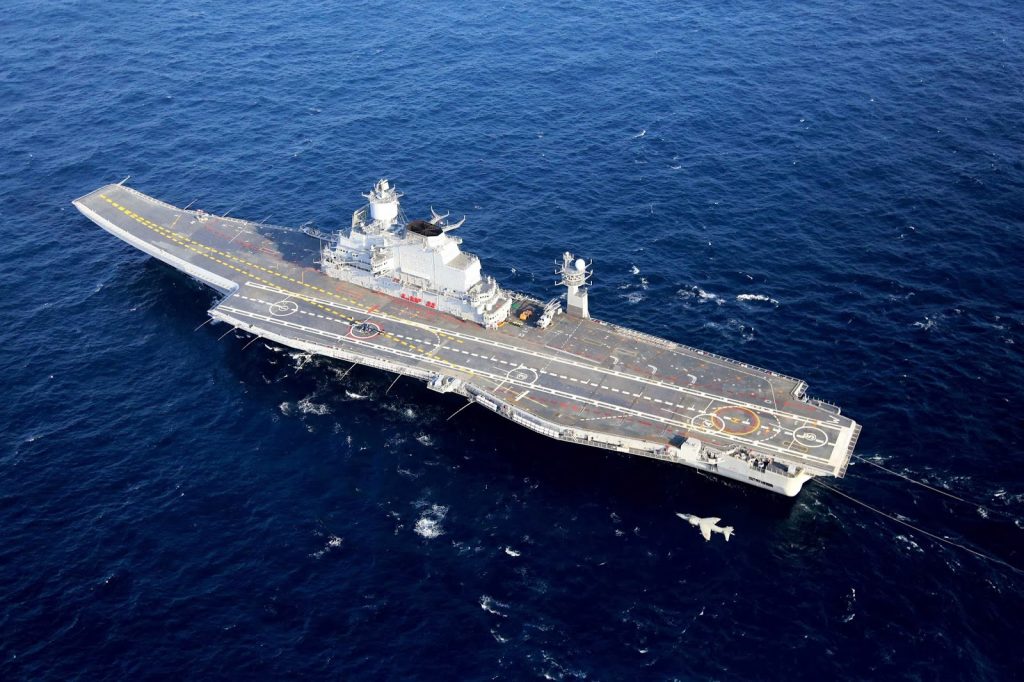
9. Charles de Gaulle (R91), France
Displacement: 42,000 tons
France’s Charles de Gaulle (R91), the only nuclear-powered carrier outside the US, underwent a significant refit in 2013. With a displacement of 42,000 tons, it can support 40 aircraft, including advanced Rafale M fighters. Powered by two nuclear reactors, it offers substantial speed and power, highlighting France’s naval capabilities.

10. INS Vikrant, India
Displacement: 40,000 tons
INS Vikrant, India’s first indigenously built aircraft carrier, was launched in August 2013 and set for commissioning in August 2022. With a displacement of 40,000 tons, it can operate up to 40 aircraft. This carrier marks a significant milestone in India’s pursuit of naval self-reliance, featuring sophisticated weapon systems and a STOBAR mechanism for aircraft operations.

The strategic importance of aircraft carriers
Aircraft carriers serve as floating airbases, enabling nations to project power far beyond their shores. They provide a platform for air operations, allowing for the rapid deployment of air power in various missions, from combat operations to humanitarian assistance. The sheer size and capability of these vessels make them indispensable assets for any modern navy.
Why bigger is better?
The size of an aircraft carrier directly correlates with its capability. Larger carriers can support more aircraft, have greater range and endurance, and offer better facilities for crew and maintenance. This increased capacity allows for more sustained and versatile operations, which is crucial in modern naval warfare where air superiority and rapid response are key.
Technological advancements
The continuous development of technology has significantly enhanced the capabilities of aircraft carriers. The integration of electromagnetic catapult systems, advanced nuclear reactors, and sophisticated defensive weaponry has made modern carriers more powerful and efficient. These advancements ensure that carriers can meet the demands of contemporary naval operations.
The top 10 largest aircraft carriers in the world exemplify the pinnacle of naval engineering and strategic military assets. These vessels are critical to the power projection capabilities of their respective nations, providing unmatched versatility and strength. As naval technology continues to evolve, the role and importance of aircraft carriers in maintaining maritime security and dominance will only grow.

